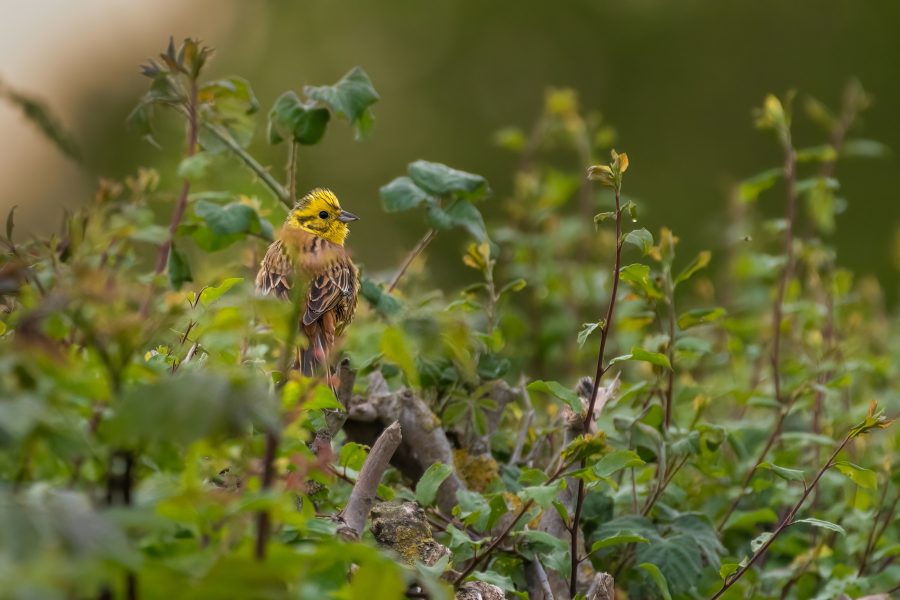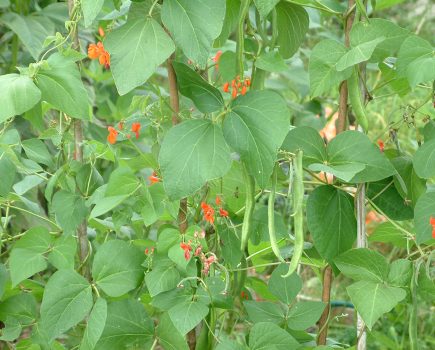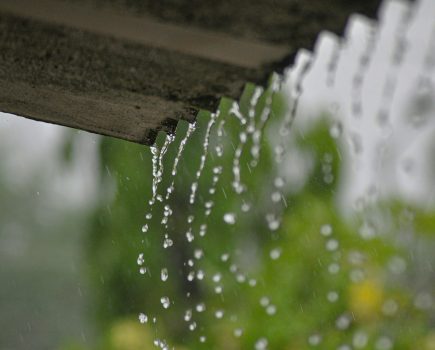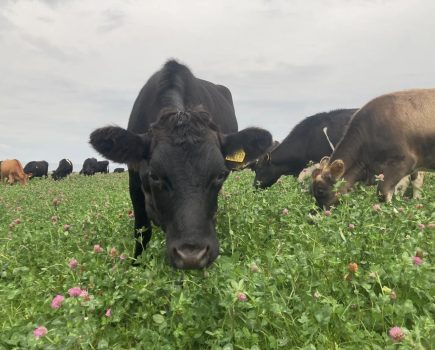Hedgerow survey season is here, and wildlife charity People’s Trust for Endangered Species (PTES) is looking for volunteers in all corners of the UK to take part in its Great British Hedgerow Survey.
Between now and October, volunteers are encouraged to health-check their local hedgerows by filling in PTES’ simple survey form. Key features of their chosen hedge are recorded, such as the height, width, structure, and what tree species are present.
The data gathered provides instant feedback about how healthy the hedgerow is and offers bespoke management advice. When volunteers work in collaboration with farmers and/or landowners, this advice can be passed to those that directly manage the hedgerows, ensuring they are sensitively managed so they can thrive for many years to come.
The results also enable PTES’ conservationists to build a nationwide picture of Britain’s hedgerow health and how it’s changing over time. And, by understanding their current structure, condition and key features, PTES can start to implement targeted, data driven conservation (alongside the work the charity already does with landowners and the farming community), which is crucial to ensure this iconic and important habitat is preserved.
The Great British Hedgerow Survey is primarily aimed at wildlife enthusiasts, landowners, Wildlife Trusts and other groups, but anyone with a passion for preserving native habitats and the countless species they support can take part.
PTES offers free survey training to groups and there is also advice available online. Megan Gimber, Key Habitats Officer, PTES says: “The value of healthy hedgerows cannot be overstated; they provide a lifeline for so much wildlife (from hedgehogs and dormice to birds and butterflies), as well as many rare and threatened species. They are a home, provide food, act as safe corridors for wildlife travel across the countryside and the way they are managed has a huge impact on their ecological value.
“About half of the UK’s hedgerows were lost in the last century through incentivised removal, and although the rate of this decline has slowed significantly, it’s important that what we’ve got left is in good condition. After all, the hedgerows that remain today are ‘the single most important ecological building block left in this country’ to quote George Eustice, Secretary of State for Environment, Food and Rural Affairs.”
To take part in the Great British Hedgerow Survey or to find out more about PTES’ hedgerow conservation work, visit: hedgerowsurvey.ptes.org
More news like this can be found in The Country Smallholder magazine. Subscribe here.
For FREE updates from the world of smallholding, sign up for The Country Smallholder newsletter here.








